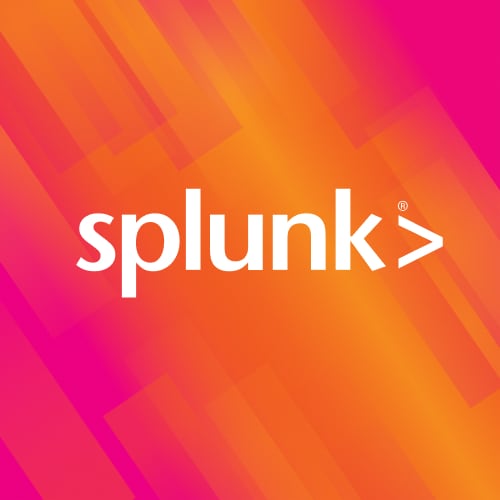
Business environments change every day. That’s why using a risk management framework is a crucial part of any organization. It helps manage different kinds of threats you face day in, day out.
Organizations with robust RMFs are better prepared to thrive and adapt in this unpredictable world, ensuring their continued success and resilience.
This article introduces risk management frameworks and explains the significance of using one in your organization. We’ll be sure to cover:
What is a risk management framework (RMF)?
A Risk Management Framework (RMF) establishes principles and guidelines to which an organization must adhere to effectively manage risks. (Without one, you’re not managing risks efficiently, if at all.)
In the go-to calculation of vulnerability, threat, and risk, we can summarize “risk” as the potential for loss and damage when a given threat does indeed occur. The general components of an RMF include risk identification, risk assessment, risk mitigation, and risk monitoring. (More on these shortly.)
The National Institute of Standards and Technology (NIST) cybersecurity framework in the U.S. is the first RMF developed to mitigate risks associated with information systems. Today, RMFs are leveraged to manage risks across the critical operations of an organization, including business, financial, litigation, compliance, and information systems.
Risk might have different outputs and outcomes depending on the type of risk you’re looking to manage. Learn more about risk management:
- Cybersecurity risk management
- Financial crime risk management
- Third-party risk management
- (Surprising no one, there’s even risk management for AI)
The importance of risk management frameworks
In today’s dynamic business environment, organizations face various risks, such as:
- Cybersecurity risks
- Regulatory changes
- Risks related to changing economic conditions
Certainly, companies should take calculated risks — too many, however, can hinder you, especially if you have to deal with reputational damages and financial losses.
No organization can strive in the long term without effectively managing all its varied risks. Thus, an RMF is a critical part of any organization for systematically addressing risks across various departments.
Key features & components in RMFs
Many RMFs follow a general strategy for managing the risks of an organization. The general components of RMF include risk identification, assessment, mitigation, reporting, monitoring, and governance. Let’s look briefly at each.
Risk identification
The first step of an RMF is identifying potential threats and vulnerabilities. This can include both which assets of the organization are vulnerable to threats as well as the impacts of such threats on business objectives. Because businesses are dynamic, this step is a continuous process.
Risk assessment
This second component measures the severity of threats and prioritizes the impact of identified threats. These impacts can include financial and non-financial impacts. Organizations often use quantitative and qualitative methods to prioritize them according to their severity.
(Learn about incident severity levels & prioritizing CVEs by severity.)
Risk mitigation
The risk mitigation piece defines the methods to eliminate or reduce the identified risks. It can include:
- Implementing necessary security controls.
- Improving existing security measures.
- Following best practices to make risk management more effective.
Additionally, as an outcome of this component, some organizations may change their overall reporting or employee structure for risk mitigation.
Risk monitoring & reporting
This part involves regularly monitoring the current risks and how impactful the current risk mitigation strategies are. Reports can include information such as the current risk status and any adjustments the organizations can make to improve their current risk management strategy.
In conclusion, a robust risk management framework is essential for organizations to navigate the ever-changing business landscape. By effectively managing risks, organizations can ensure their continued success and adaptability. So, don’t wait any longer, implement a risk management framework in your organization and embrace a more secure and resilient future.
Learn more about risk management on Management.
